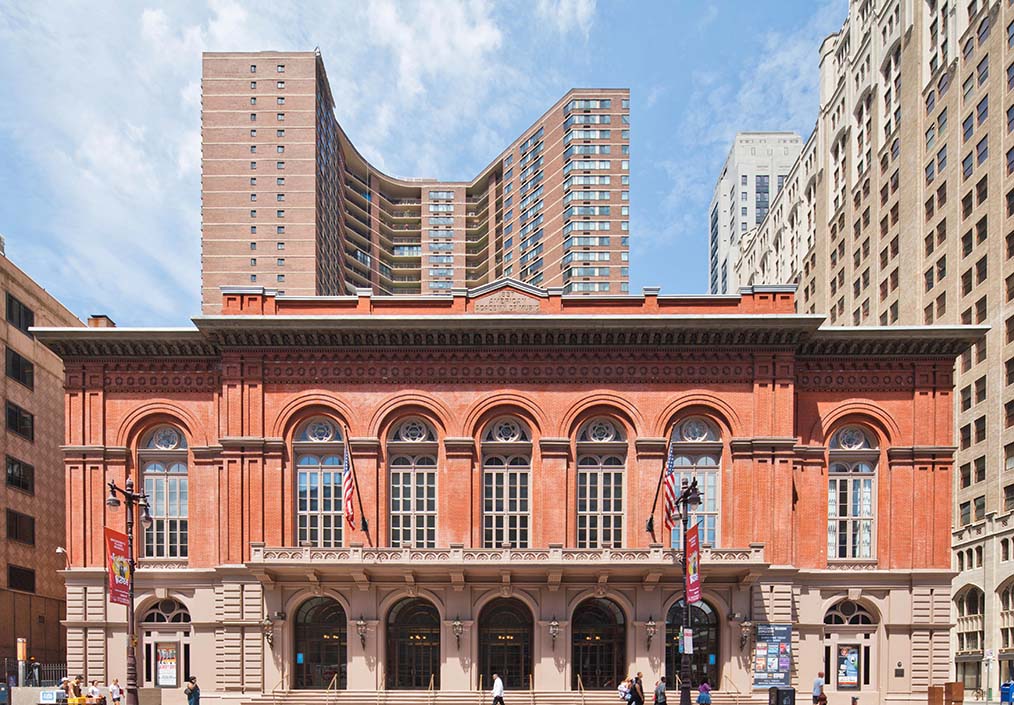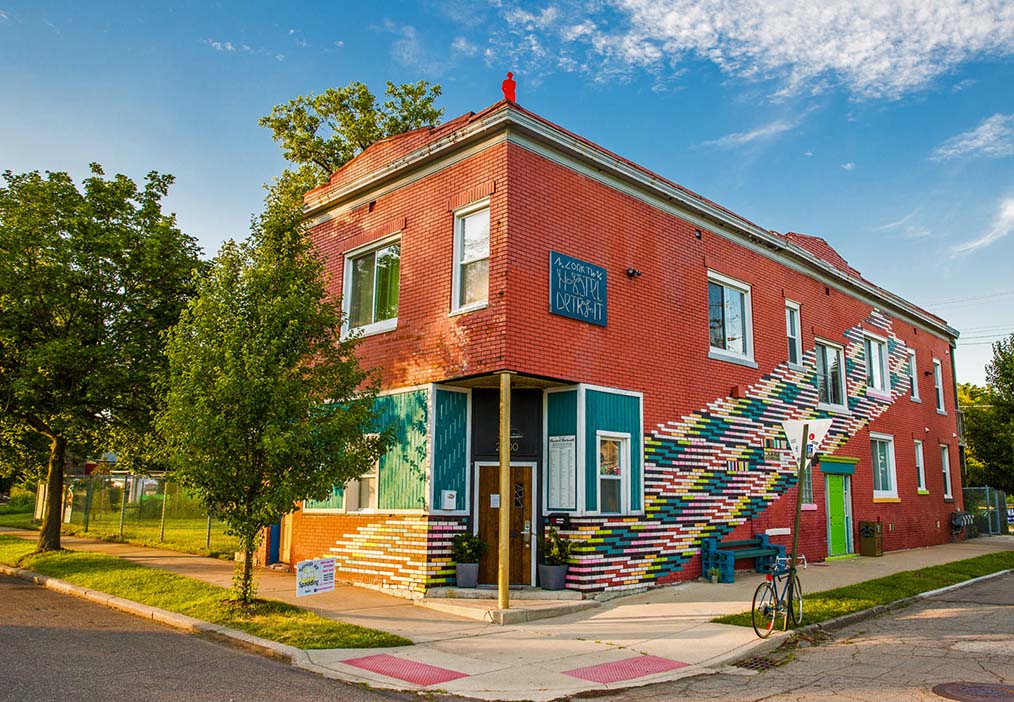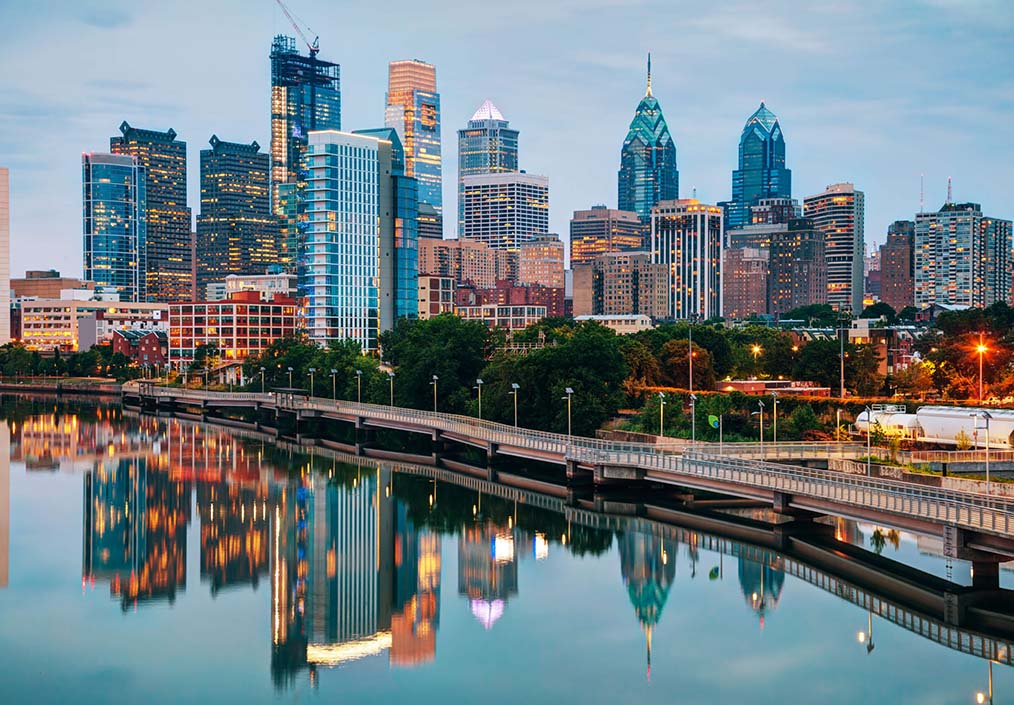Today marked another adventurous day exploring the vibrant streets of Philadelphia, and this time, my focus was on mastering the city’s public transportation system. I was eager to uncover the ins and outs, evaluating the services, benefits, drawbacks, and overall experience of commuting within the city.
Location and Routes:
Philadelphia boasts an exceptionally well-developed public transportation network, providing a comprehensive and extensive service that seamlessly connects various destinations within the city and its surrounding areas. The backbone of this efficient system lies in the strategically positioned Southeastern Pennsylvania Transportation Authority (SEPTA) stations and a network of well-placed bus stops throughout the city.
The key strength of Philadelphia’s public transportation is its geographical accessibility. SEPTA stations are strategically distributed, ensuring that residents and visitors have easy access to transit options regardless of their location. This accessibility is not confined to specific neighborhoods but extends across the entire city, contributing to the convenience and efficiency of the overall transit system.
The comprehensive route options offered by Philadelphia’s public transportation further enhance its appeal. SEPTA’s extensive network covers a myriad of destinations, providing diverse choices for commuters. Whether navigating through the bustling city center, suburban areas, or reaching key landmarks, the system caters to the diverse needs of both locals and tourists. This versatility is a crucial factor that makes public transportation in Philadelphia a convenient and attractive option.
The city’s commitment to providing a well-connected and easily accessible public transportation system is reflective of its consideration for the diverse demographic it serves. Locals rely on these services for daily commuting, while visitors find comfort in the user-friendly structure that allows them to explore the city effortlessly. The integration of SEPTA stations and bus stops into the urban fabric showcases a thoughtful urban planning approach, contributing to the overall vibrancy and functionality of Philadelphia.
In essence, the commendable expansiveness of Philadelphia’s public transportation system, anchored by SEPTA, stems from a strategic combination of accessibility, comprehensive route planning, and a commitment to meeting the diverse transit needs of both residents and visitors. This network not only facilitates smooth daily commutes but also serves as a catalyst for exploring and experiencing the rich tapestry of Philadelphia’s neighborhoods and landmarks.
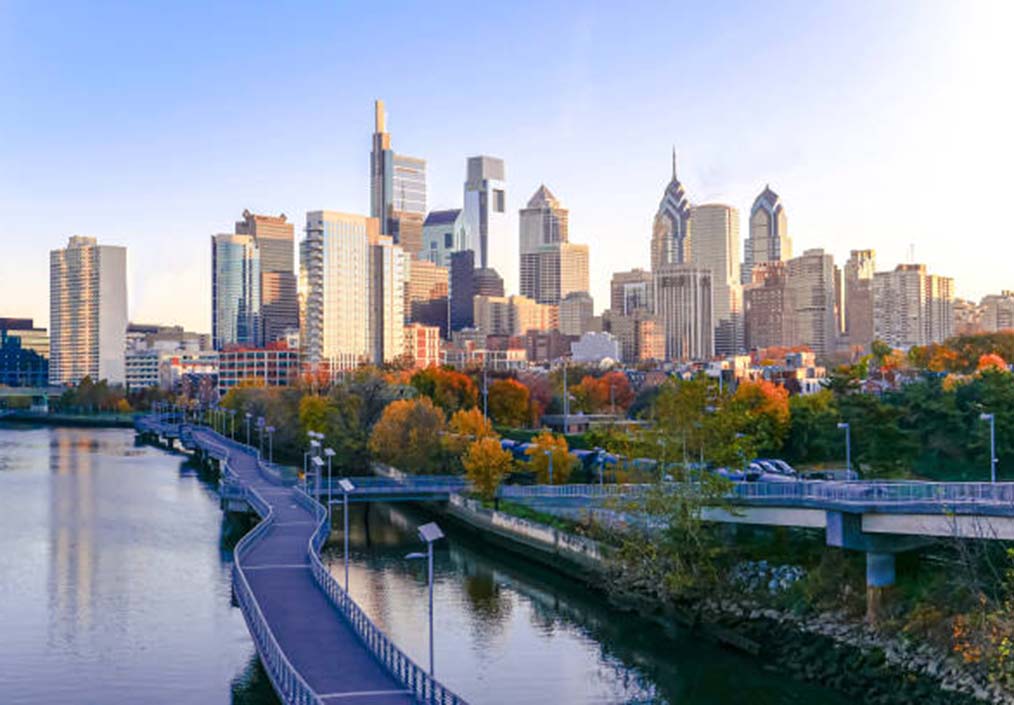
Service Quality:
Choosing SEPTA for my transportation needs in Philadelphia was a decision that significantly enhanced my overall experience. The punctuality and reliability of both buses and trains were striking, adhering meticulously to their schedules. This consistency eliminated the stress often associated with public transportation, allowing me to plan my journeys with confidence.
What stood out even more was the commendable demeanor of the transit staff. Their helpful and friendly attitude created a positive atmosphere, making the daily commute a more pleasant and enjoyable experience. Whether assisting with directions or providing information about the transit system, the staff’s approachability added a human touch to the efficiency of the service.
Moreover, the emphasis on cleanliness in both vehicles and stations added an unexpected layer of comfort. The well-maintained and hygienic environment contributed to a sense of well-being during my travels. It became evident that SEPTA prioritizes not only punctuality but also the overall comfort and satisfaction of its passengers, making the daily commute a seamless and enjoyable part of my day.
Ticketing and Fares:
SEPTA’s approach to ticketing and fares further solidified my positive perception of the service. The range of ticketing options provided flexibility that accommodated various commuting needs. Whether opting for a single-ride fare for occasional travelers or committing to a weekly or monthly pass for regular commuters, SEPTA’s ticketing structure catered to the diverse requirements of its riders.
The reasonable fares were an added advantage, making public transportation an economically sound choice. As a traveler mindful of budget considerations, I found the cost of using SEPTA to be justified by the convenience and quality of service offered. What particularly impressed me was the consideration given to students and seniors with discounted rates. This inclusive approach not only encourages the use of public transportation but also ensures that it remains an accessible and affordable option for individuals from diverse demographics.
In essence, my experience with SEPTA transcended mere transportation; it became a reliable and comfortable aspect of my daily routine in Philadelphia. The service quality and thoughtful ticketing options not only met but exceeded my expectations, fostering a positive perception of public transportation that extended beyond its functional purpose.
Booking and Reservation Platform:
Personal Experience:
Embarking on my journey with SEPTA in Philadelphia was accompanied by the pleasant surprise of a seamless booking process. Accustomed to the convenience of technology, I opted to utilize the official SEPTA app for my commuting needs. The experience, from planning routes to purchasing tickets, was remarkably user-friendly and efficient, adding an extra layer of convenience to my daily routine.
Utilizing the SEPTA App:
The decision to use the SEPTA app stemmed from a desire for a hassle-free and technologically advanced approach to public transportation. The app’s user-friendly interface proved to be a game-changer, offering a straightforward and intuitive platform for planning my routes within the city. Navigating through the various options and schedules was a breeze, allowing me to effortlessly tailor my commute based on specific preferences.
The real-time scheduling feature was a notable highlight, providing up-to-the-minute information on the arrival and departure times of buses and trains. This feature not only ensured that I could plan my day with precision but also alleviated the uncertainty often associated with public transportation. The reliability of the information offered by the app instilled a sense of confidence in the commuting process.
Seamless Ticket Purchases:
One of the standout features of the SEPTA app was its capability to facilitate ticket purchases seamlessly. The integration of a secure and efficient payment system within the app allowed me to acquire tickets with just a few taps on my smartphone. This streamlined process not only saved time but also eliminated the need for physical tickets or cash transactions, contributing to a more modern and efficient transit experience.
Go-To Platform for Navigating the City:
The SEPTA app quickly became my go-to platform for navigating the city. Its reliability, coupled with the convenience it offered, made it an integral part of my daily routine. Whether I was planning my morning commute or spontaneously deciding to explore a different neighborhood, the app provided a reliable companion, offering a wealth of information at my fingertips.
In essence, the SEPTA app transformed my perception of public transportation. It shifted the narrative from a potentially cumbersome experience to one that is tailored, efficient, and technologically advanced. The convenience it brought to my daily commute made navigating Philadelphia a breeze, turning the once-dreaded task of planning routes and purchasing tickets into a seamless and enjoyable aspect of my urban exploration.
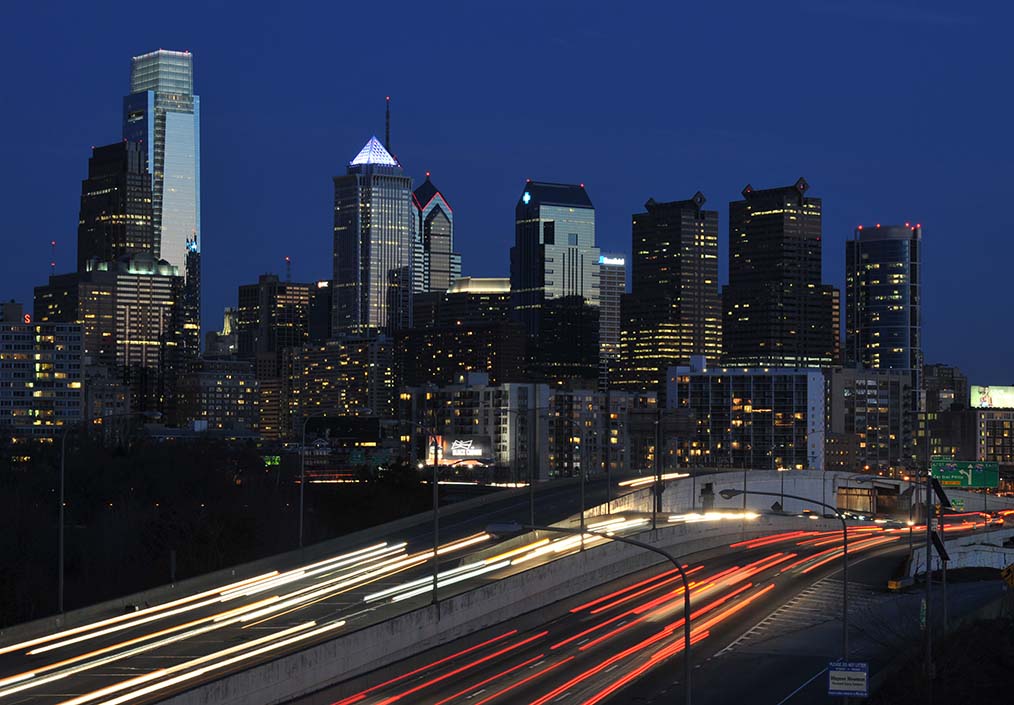
Personal Experience:
As a seasoned driver accustomed to the autonomy of personal vehicles, my venture into Philadelphia’s public transportation system was met with unexpected delight. The efficiency and convenience offered by the subway and bus routes provided a refreshing alternative to the daily grind of navigating through congested traffic. The decision to opt for public transportation allowed me to relinquish the steering wheel, affording me the luxury to relax and immerse myself in the vibrant cityscape.
To my surprise, the journey times on public transit were not only comparable but, in some instances, even quicker than navigating the bustling streets during peak hours. This revelation challenged my preconceived notions about the supposed time inefficiencies of public transportation. Instead, it opened my eyes to the efficacy of Philadelphia’s transit system, demonstrating that opting for SEPTA could be a time-saving and stress-free choice.
Alternative Transportation Options:
While SEPTA emerged as my primary mode of transportation, I discovered that Philadelphia offers a diverse array of alternative options catering to various preferences and needs. Ride-sharing services such as Uber and Lyft present themselves as readily available and often serve as a convenient choice for those seeking a more personalized and direct travel experience. The flexibility and door-to-door service offered by these platforms can be particularly appealing for individuals with specific route preferences or time constraints.
Additionally, the city’s commitment to sustainable and active modes of transportation cannot be overlooked. Philadelphia’s bike-sharing programs, coupled with pedestrian-friendly streets, create a conducive environment for those inclined towards more eco-friendly and health-conscious alternatives. The ease of navigating short distances on foot or by bike further adds to the city’s allure, providing a sense of freedom and flexibility that complements the existing public transportation system.
In essence, my exploration of alternative transportation options in Philadelphia revealed a dynamic and multifaceted urban landscape. While SEPTA provided a reliable and efficient backbone for my travels, the availability of ride-sharing services, coupled with a commitment to active transportation, showcased the city’s dedication to accommodating diverse commuting preferences. This comprehensive range of choices allows residents and visitors alike to tailor their transportation experiences based on individual needs and inclinations.
In conclusion, navigating Philadelphia’s public transportation system was a positive experience overall. The reliability, affordability, and convenience of SEPTA, coupled with the ease of booking through the app, make it a highly recommended choice for anyone looking to explore the city without the hassle of driving. However, for those seeking more personalized travel or with specific route preferences, ride-sharing services and alternative modes of transportation offer viable alternatives.
Overall Recommendation Index: 4.5/5
(SEPTA: 4.8/5, Ride-sharing: 4.2/5, Walking/Cycling: 4.0/5)
Note: Commute times and service experiences may vary based on specific routes and times of travel. Individual preferences and requirements should be considered when choosing the most suitable mode of transportation.
